UPS (Uninterruptible Power Supply)
$20.00
A UPS (Uninterruptible Power Supply) is a backup power device that provides electricity during outages or fluctuations, ensuring computers, servers, and other sensitive equipment continue running without interruption.
An Uninterruptible Power Supply (UPS) is an essential device in today’s technology-driven world. It acts as a bridge between the main power source and the connected devices, ensuring that even during sudden power failures, voltage fluctuations, or surges, the equipment remains protected and operational. Whether in homes, offices, data centers, hospitals, or industries, UPS systems have become a critical component for reliability, safety, and efficiency.
1. What is a UPS?
A UPS is an electrical device that provides emergency power to a load when the input power source, typically the main utility power, fails. Unlike generators, which may take time to start, a UPS provides instantaneous backup through batteries, ensuring seamless power continuity. In addition to backup, UPS systems also regulate power, filter surges, and correct voltage fluctuations to safeguard connected equipment.
2. Why is UPS Important?
Power interruptions can cause severe issues such as:
Data Loss: Computers and servers may lose unsaved work.
Hardware Damage: Sudden surges or drops can harm delicate circuits.
Downtime: Businesses can face financial loss due to interrupted operations.
Safety Risks: In hospitals or industries, sudden power loss can endanger lives.
A UPS prevents all these problems by ensuring uninterrupted, clean, and stable power supply.
3. Types of UPS Systems
There are three major types of UPS systems, each designed for different needs:
Standby UPS (Offline UPS):
The most basic and affordable type.
Activates only during a power outage, switching to battery power.
Commonly used for personal computers and home electronics.
Line-Interactive UPS:
Provides voltage regulation and better surge protection.
Suitable for small offices, gaming PCs, and network equipment.
Balances affordability with reliability.
Online UPS (Double-Conversion UPS):
Provides continuous, clean power by converting AC to DC and back to AC.
Ideal for data centers, hospitals, and industries where power quality is critical.
Offers the highest protection but comes at a higher cost.
4. Key Components of a UPS
A UPS consists of several important parts:
Rectifier/Charger: Converts incoming AC power into DC to charge the batteries.
Batteries: Store electrical energy and provide backup when main power fails.
Inverter: Converts DC from the batteries back into AC to run devices.
Bypass Switch: Allows direct connection to the power supply in case of UPS failure.
Control System: Manages operations, monitors health, and provides alerts.
5. Benefits of Using a UPS
Uninterrupted Power Supply: Prevents downtime during outages.
Data Protection: Keeps computers and servers running long enough to save work.
Voltage Regulation: Prevents damage from fluctuations, brownouts, and surges.
Increased Productivity: Businesses can continue operations without disruption.
Equipment Protection: Extends the lifespan of sensitive electronics.
Peace of Mind: Provides confidence that systems are safe even in unstable power environments.
6. Applications of UPS
UPS systems are used across a wide variety of industries and sectors:
Home Use:
Protects personal computers, gaming consoles, and Wi-Fi routers.
Ensures continued internet access during outages.
Offices:
Keeps desktops, printers, and communication systems running.
Protects sensitive office equipment from power fluctuations.
Data Centers:
Essential for uninterrupted server operations.
Prevents costly downtime and protects stored data.
Healthcare:
Hospitals rely on UPS systems for life-supporting machines.
Prevents critical disruptions in surgeries and medical diagnostics.
Industrial Use:
Factories use UPS for control systems and automation equipment.
Prevents losses in production due to sudden outages.
Telecommunications:
Ensures continuous operation of network towers, call centers, and data lines.
7. Factors to Consider When Choosing a UPS
When selecting a UPS, users should evaluate the following:
Power Capacity (VA Rating): Choose a UPS that matches or exceeds the total power consumption of connected devices.
Battery Backup Time: Depending on the need, select a model that offers sufficient runtime (from a few minutes to hours).
Number of Outlets: Ensure enough output sockets for all critical devices.
Form Factor: Tower UPS for desktops, rack-mounted UPS for servers.
Features: LCD display, smart connectivity, remote monitoring, replaceable batteries.
Budget: Balance between cost, reliability, and features.
8. UPS Maintenance Tips
A UPS system requires periodic maintenance to ensure long-lasting performance:
Test batteries regularly and replace them when capacity decreases.
Keep the UPS in a cool, ventilated environment to avoid overheating.
Monitor warning indicators and alerts provided by the UPS software.
Perform periodic load tests to ensure backup efficiency.
Clean dust and debris to prevent overheating and damage.
9. Future of UPS Technology
The demand for UPS systems is growing with the rise of remote work, data-driven businesses, and digital infrastructure. Future developments may include:
Smart UPS with IoT: Remote monitoring and predictive maintenance.
Eco-Friendly Batteries: Lithium-ion replacing traditional lead-acid batteries.
AI-Powered Systems: Self-learning algorithms to optimize power management.
Solar-Integrated UPS: Hybrid models that work with renewable energy sources.
10. Conclusion
An Uninterruptible Power Supply (UPS) is not just a backup device; it is a shield for your electronics, a safeguard for your data, and a guarantee for business continuity. From protecting a student’s laptop at home to securing critical medical devices in hospitals, the UPS plays a vital role in modern life. Choosing the right UPS, maintaining it properly, and understanding its importance can make a huge difference in both personal and professional environments.
Fast Dispatch – Orders are processed within 24–48 hours after confirmation.
Secure Packaging – All products are packed safely to avoid damage during shipping.
Estimated Delivery – Standard delivery usually takes 3–7 business days depending on your location.
Tracking Available – Once your order is shipped, you’ll receive a tracking link via email/SMS.


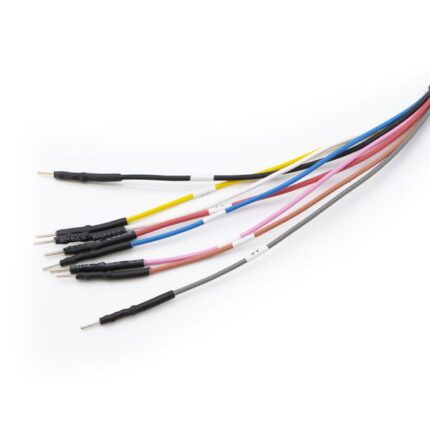
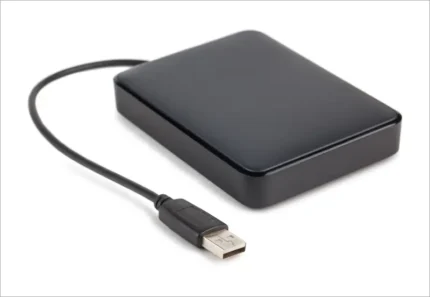

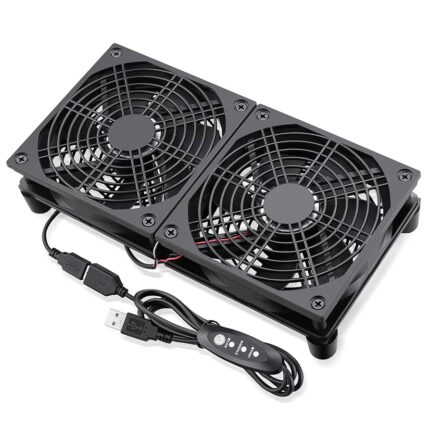
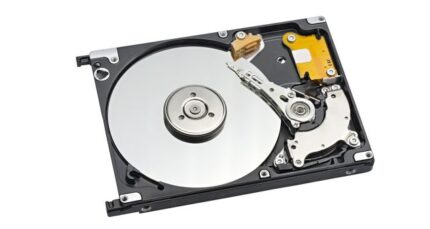
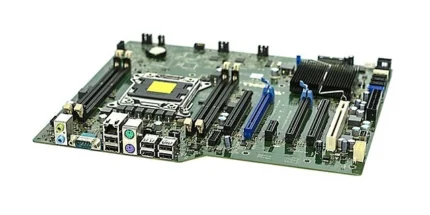
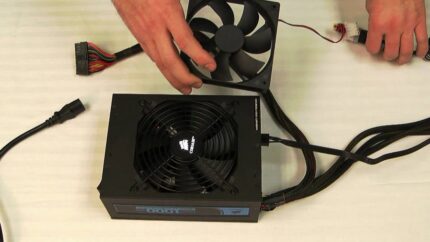
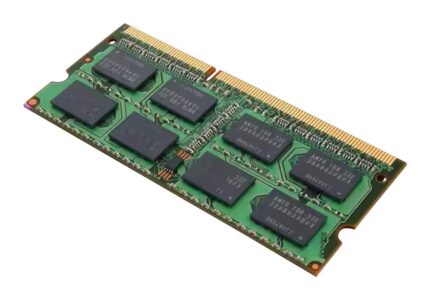

Reviews
There are no reviews yet.